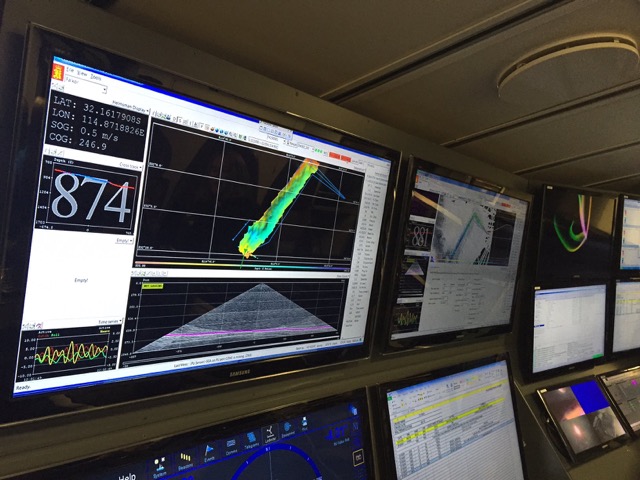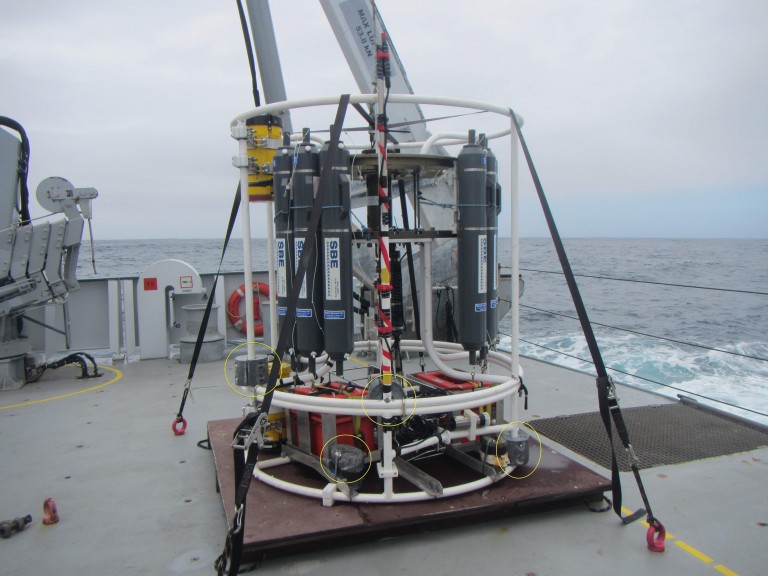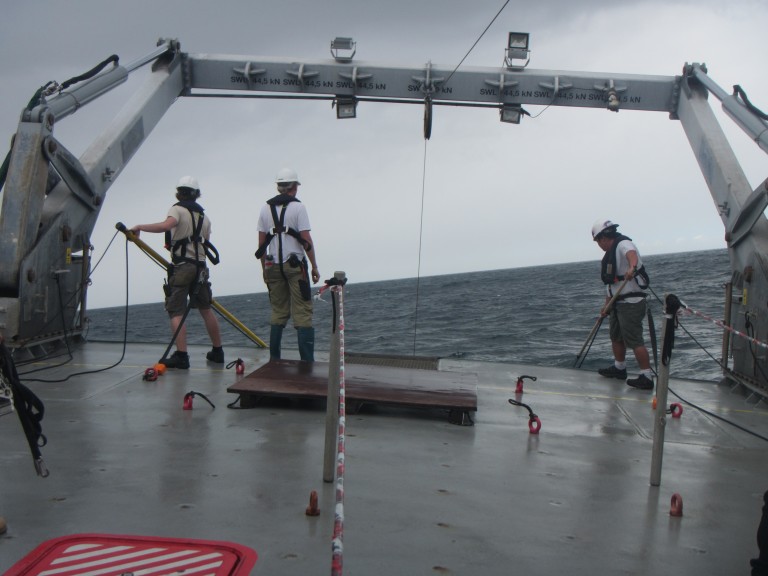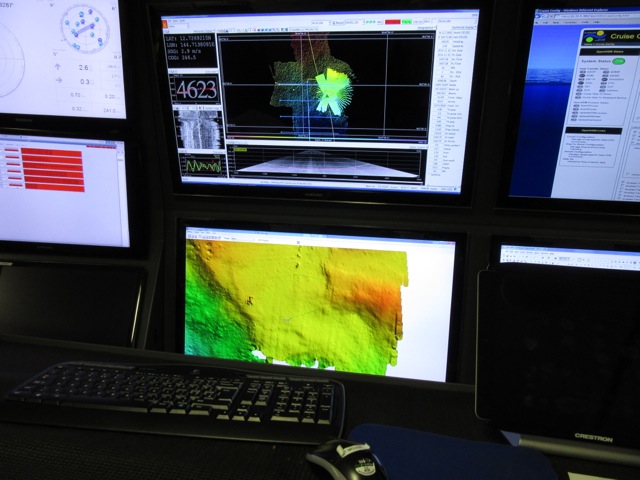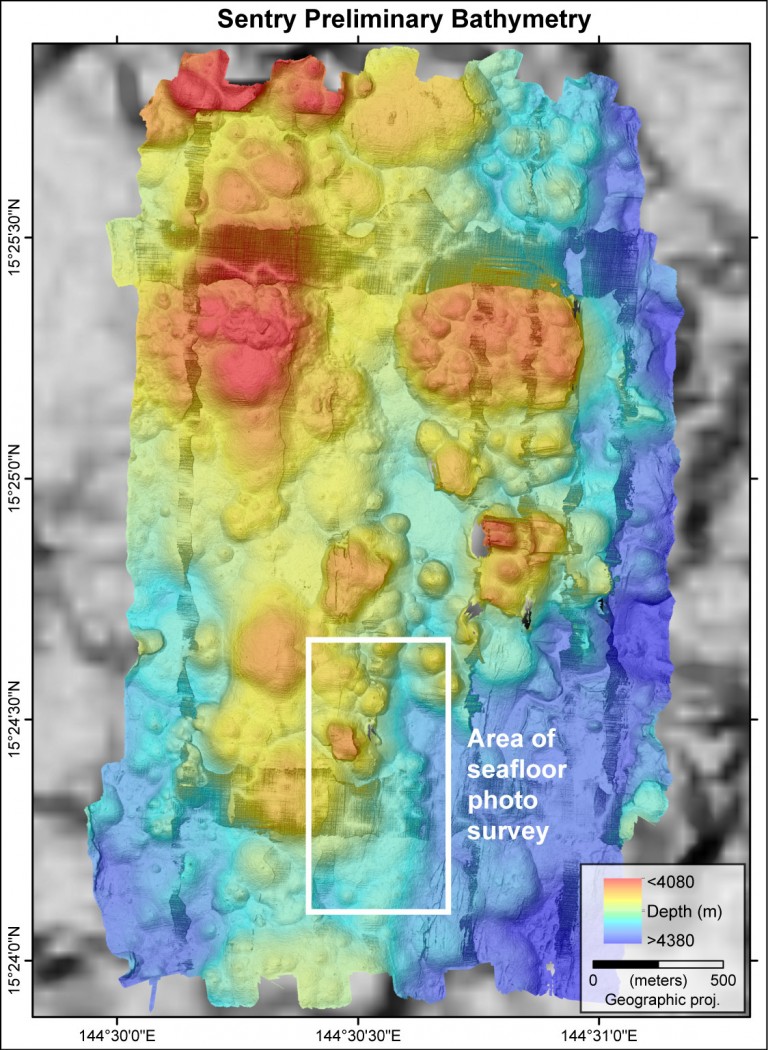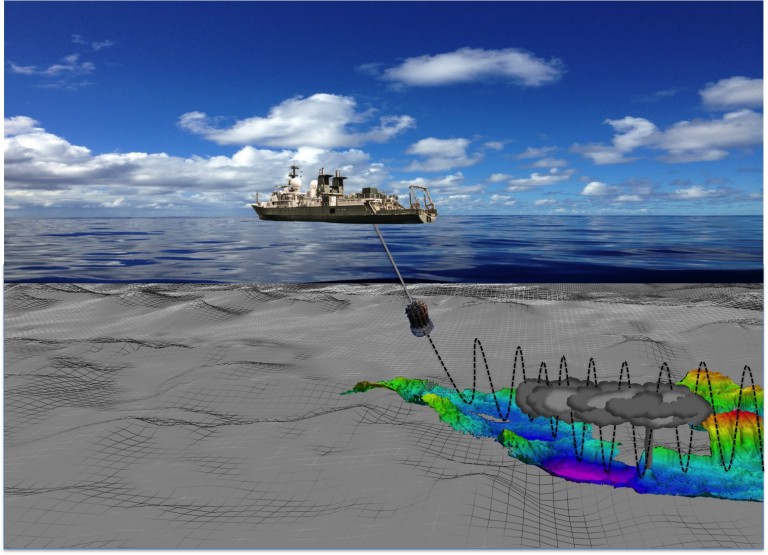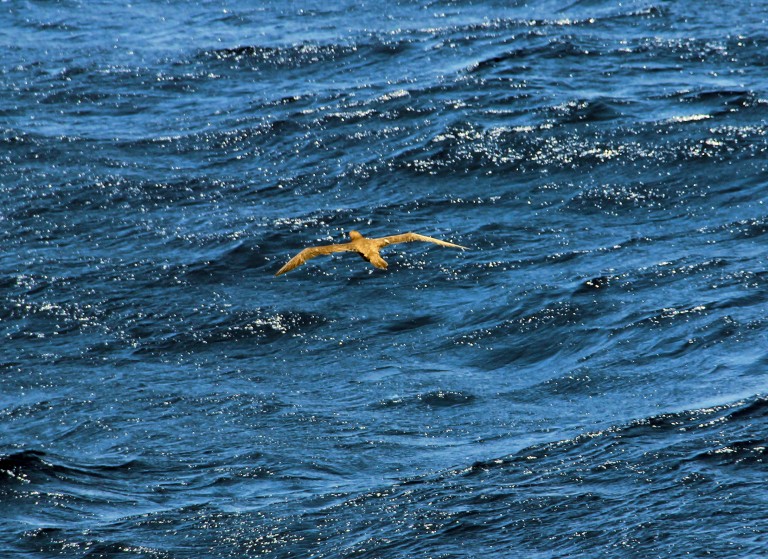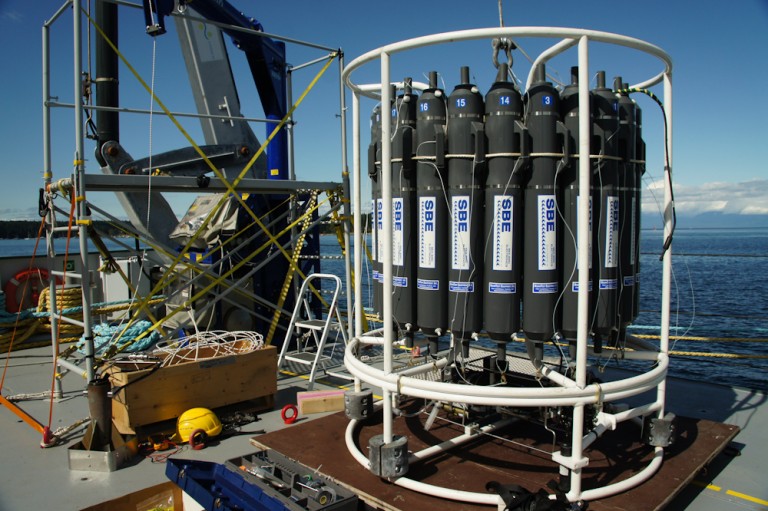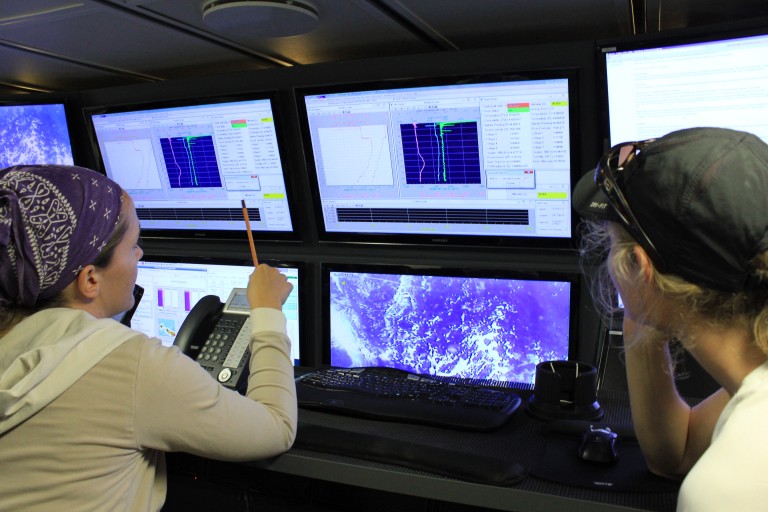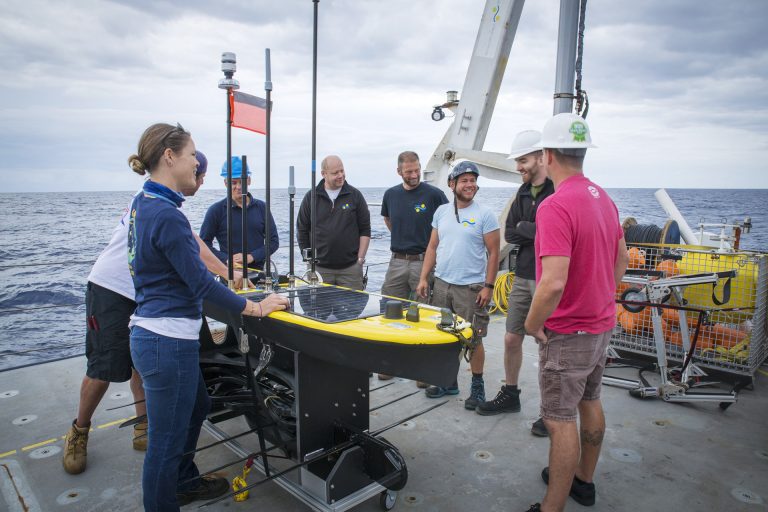Log Post: We’re at Sea!
The time has finally come to start our exploration of Perth Canyon and so we left dock early this morning to get a first glimpse of what lies ahead. However, as mentioned in a previous post, not everything always goes according to plan – and in our case we are still missing one part for … Continued
